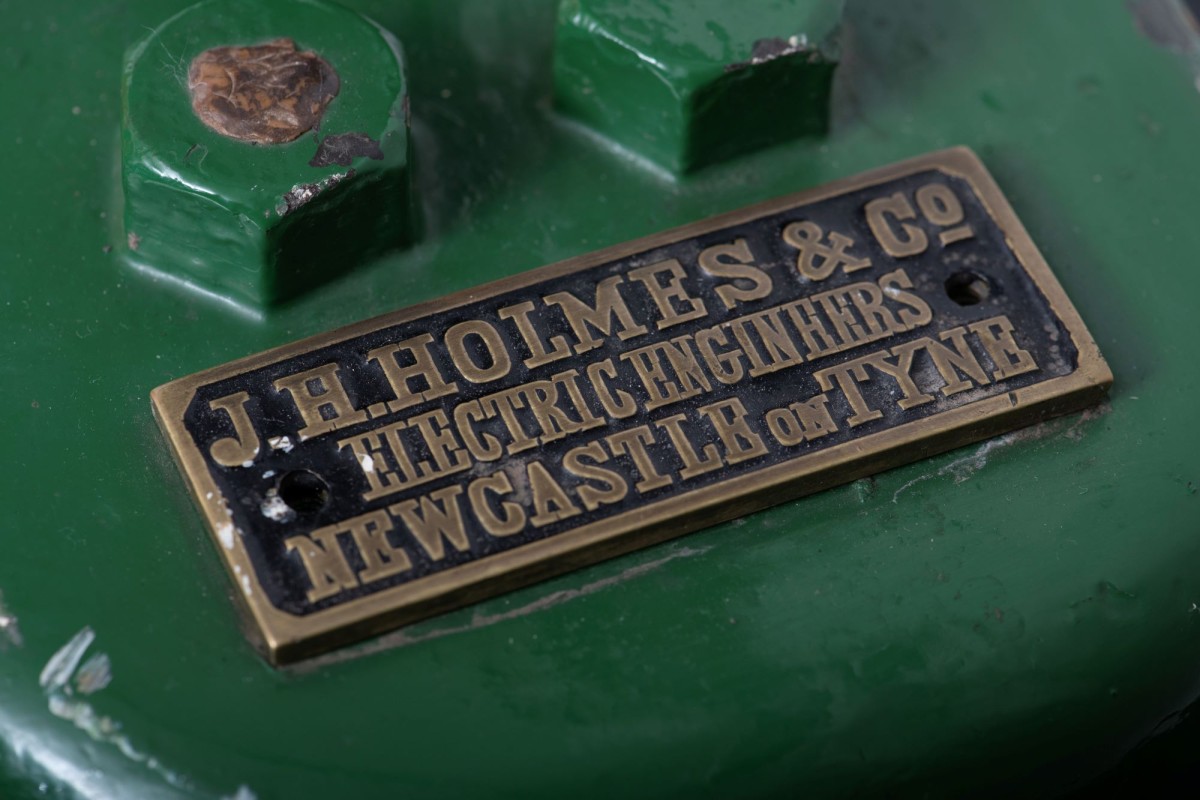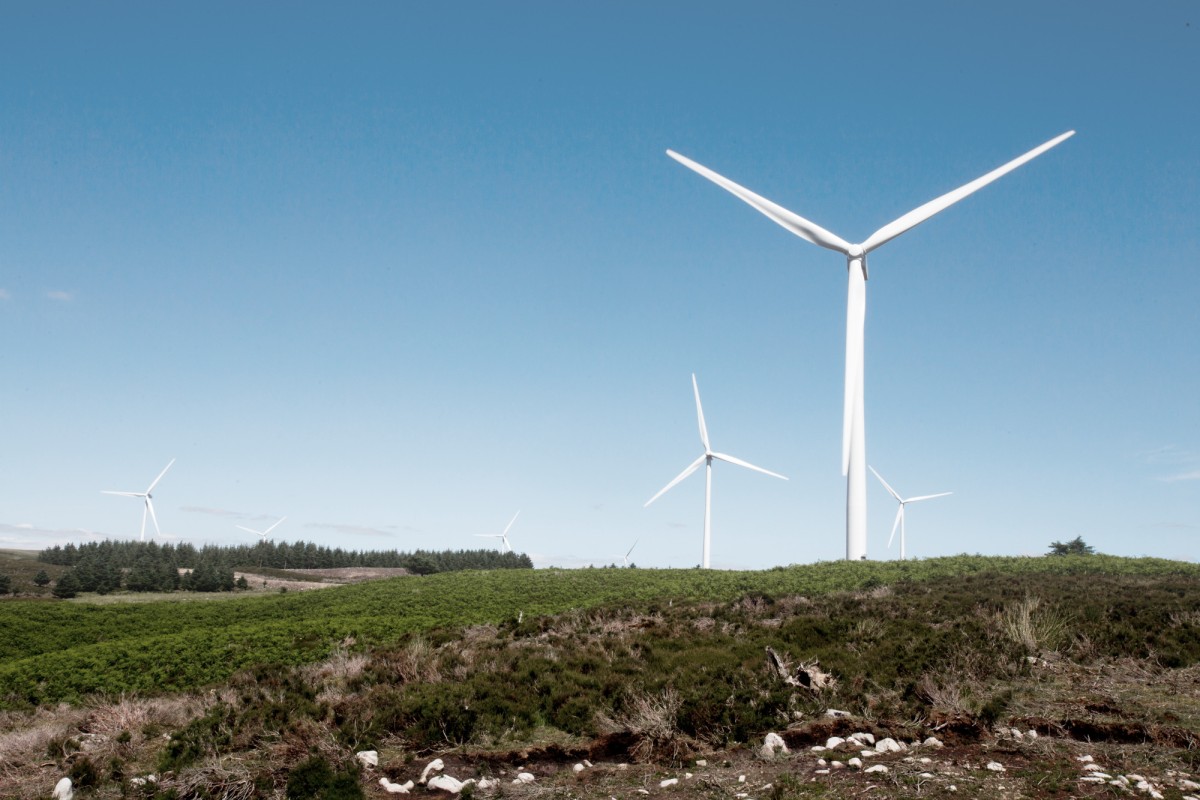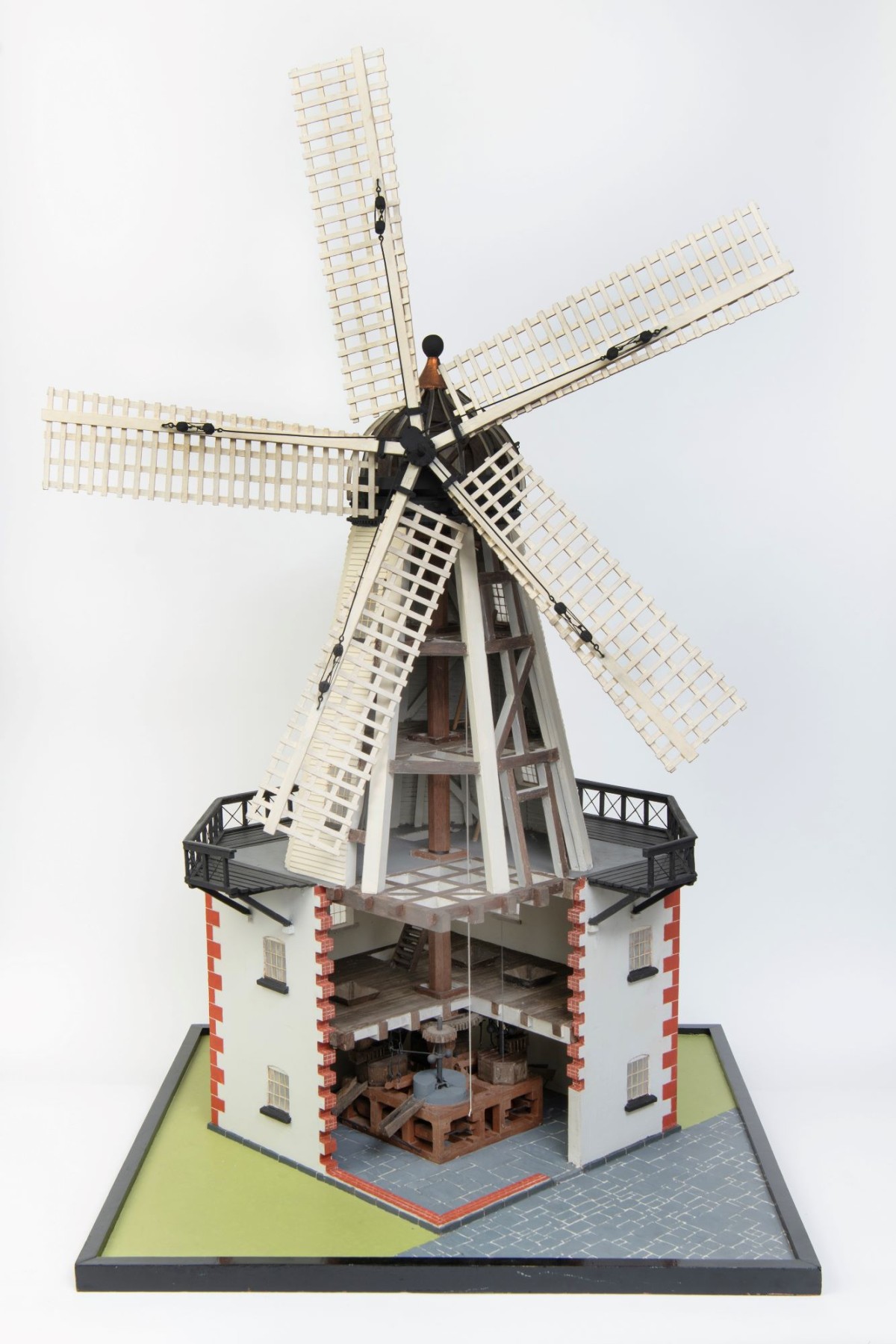Five Minutes With… Steam to Green Curator Kylea Little
We chat to curator Kylea Little about Discovery Museum’s epic new exhibition

Newcastle’s Discovery Museum recently unveiled Steam to Green: A North East Energy Revolution - an epic two-year exhibition created in partnership with Newcastle University exploring the history of energy in the region, from the Industrial Revolution to contemporary green technologies.
We caught up with Steam to Green curator Kylea Little to find out what to expect from the exhibition and why highlighting the North East’s role in energy revolution is so important.
How did you come up with the idea of Steam to Green?
The science and industry collection at Discovery Museum is really amazing. In fact, it’s been designated as of national and international significance. It’s really strong when you’re looking at things to do with coal mining, and we have a lot in our collection around Charles Parsons and his history with the steam turbine alongside some really significant stories around electricity and the generation of electricity.
That got us thinking about energy usage and climate crisis and we spoke to Newcastle University who have a Centre for Energy and are doing lots of contemporary research in the region.
They were really excited about the idea and we realised there was this big story to tell about all the green technology companies that are working in the North East, how it connects back to those stories of coal mining and steam turbines and how human ingenuity plays a massive role in energy production.

Why do you think it’s important to highlight the North East’s role in energy revolutions, both past and present?
I think it shows how inventive people can be. A lot of critical inventions during the Industrial Revolution originated in the region and were used around the world. There’s a lot of people thinking about how to tackle climate crisis and how to generate cleaner or greener energy here today as well.
I think it can feel overwhelming to think about climate crisis but hopefully by focusing on the people working with green technologies in the North East, Steam to Green will offer hope in terms of solutions.
One thing that came through really loud and clear from chatting to all the green technology companies in the region is what a big employer they are. They’re looking for young people to go into the sector and make careers as electric vehicle manufacturers or wind turbine technicians. So, I think it’s also about the children and young people coming to the museum and inspiring them about what the careers they could have in the green technology sector.

How did you go about selecting which items to feature in the exhibition?
It was tough because we have over 100,000 items in our collection! Some things were really obvious. We knew we wanted to tell the story of Charles Parsons and electricity generation and the work of John Henry Holmes who invented the No1 Dynamo. We also wanted to show how humans have been experimenting with renewable technologies for a long time, so we’ve got a model of a chimney windmill in the collection too.
As well as looking at our own collection, we had to think about how to represent what’s happening in the region today. That involved working with all the green technology companies involved in the exhibition to identify what they could lend us for its two-year run - we’ve got things like solar panels, Tesla wall batteries and smart washing machines.

What kind of fun is there to be had for families and kids at Steam to Green?
We’ve got several bespoke interactive exhibits which I think are going to be super fun – I’m sure my kids will love them! One is a hydrogen ball that visitors create by turning a handle that generates electricity which passes through water, splitting the hydrogen and oxygen and then mixing it back together to shoot the hydrogen ball into the air.
Another is a pair of solar airplanes that visitors power the planes by using mirrors to shine a direct light on their solar panels and fly them around a circular track on the ceiling. You can even have a competition to see who can keep their plane moving the longest!
We also have a wind simulator as wind is a really big part of the region’s story at the moment with places like Ray Wind Farm and Dogger Bank, which is one of the world’s largest wind farms. Visitors can press buttons to see how much wind is required to operate a wind turbine and feel the wind strength – which I can imagine lots of people wanting to test out on their hair!
We’ve got tonnes more going on too like a sensory station where kids can find out what fossil fuels smell like as a lot of our younger visitors might not know the smell of coal fires, engine rooms or steam trains as we move towards electrification. Hopefully, we’re covering a range of ways to get involved – whether it’s physical or multi-sensory.

Can you tell us more about the events and career fairs taking place during Steam to Green’s run?
We’ve got loads of things happening! Over the six-week holiday, we’ve got loads of fun family activities including storytelling for under 5s and a free trail that invites families to find ten of Discovery Museum’s most significant objects and become an energy critic by judging whether they are good or bad for the environment.
We’re also running a programme of late-night events, the first of which is a comedy night in November themed around climate crisis and energy. There’ll be other quirky late-night events in 2025 too. Our Learning Team will be running school workshops and careers fairs as well. It’s going to be really action-packed!

What is your favourite part of the exhibition?
I think it has to be the model of the windmill that I mentioned earlier. It’s a model of the Chimney Will on Claremont Road so lots of people will probably be familiar with it. It’s a beautiful model and visitors can see inside and learn how it worked.
That particular windmill was in use until the late 1800s and I think it shows how people have been trying to harness the power of the wind, the sun and water for a long time. It makes for a great comparison with the wind turbines at Dogger Bank and Ray Wind Farm and reminds us how technology can take a long time to refine and become useful.
If you could give one reason why people should visit Steam to Green, what would it be?
I think it’s going to be really inspirational because it’s highlighting all of the ways these different companies are trying to tackle climate crisis but in a really accessible and fun way. Hopefully, it’ll inspire people to talk about some of the big issues we’re facing in the world today.
Steam to Green: A North East Energy Revolution runs until 6 September 2026. For more information visit www.discoverymuseum.org.uk.
Want to be in the know about everything that’s happening in Newcastle city centre? Sign up to our newsletter and follow us on Facebook, Instagram, X and TikTok.



